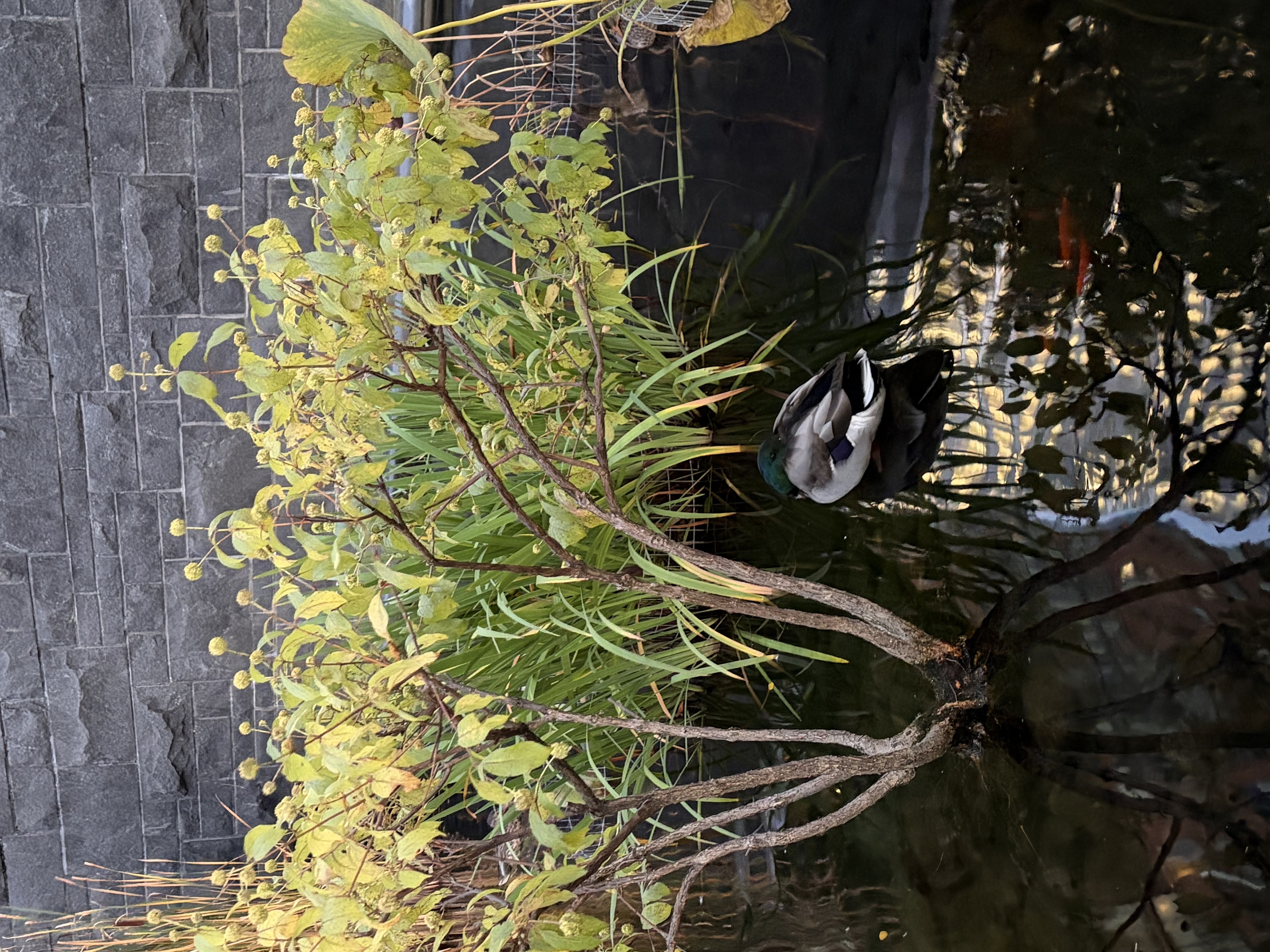Otterness and Violence
Go HomeOn my walk today I saw a set of statues by Tom Otterness. Each time I see something by him I have a different reaction, but they are always extreme. Today it was a bitter rage. The statues are placed in the water just by the shore in the northern rung of Roosevelt Island, so that you see only the tips of the characters walking haphazardly along the path. It was enough for me to recognize the work of this guy and get closer to the railing to get a better look.
The statues stared back at me, the coin and the house with their cartoonish legs and frowny faces, like they were drawn by a child. Today this was what I despised about Otterness. He lures you in with this childishness, as though it really were the island’s own kids who drew up his little sculptures. And then you take a closer inspection, you go beyond and underneath his three-line faces. And you see beings swallowing each other whole, soulless creatures with blank eyes, sentiments like Bosch’s Inferno masked by simple, smiling caricatures.
This set of statues is titled The Marriage of Money and Real Estate, and the most interesting scene depicts a frowning coin barely balanced on one leg upon a platform. A faceless, round woman pulls at the side of the coin, dragging it into the water, and a massive, top hat wearing humanoid eel creature swallows the woman whole. The eel’s blank, dotted eyes and near-total submersion are the last things you notice in the sculpture, as your eyes are pulled first to the coin and then to the woman. It is as though you yourself are being taken into the water, lured to a drowning as the waves crash against the rocky shore.
What do Otterness’s works mean? These sculptures may be well taken as anticapitalist messaging, and they often are. See how capitalism places a friendly, kiddy sheen over everything; how silly cartoon characters like the Monopoly Man come to be brand ambassadors for billion dollar corporations. It’s true: the mechanics of these sculptures are the same ones the capitalist system uses to cover up its inherent nastinesses, plastering a simplified smile over it all as though that is enough to have us all close our eyes and accept.
But there is something I despise about these sculptures. Because even though it is true that capitalism functions this way, Otterness’s philosophy is not about awakening. He is not concerned with jolting you into noticing the systems around you, for as much as he may be perfectly aware of them. To me, he has another goal in mind.
Consider that his most famous stunt is forcing onlookers to react to a recording of him shooting a dog.
Though not as literally violent, all Otterness’s works for me exhibit this same character. It is only that after the backlash from his first endeavor, Otterness learned to make the same point more subtly. His sculptures litter public spaces, in New York and elsewhere. There are subway stations where his coins and little characters may be spotted. They sneak up on you in parks and by the water, in today’s case even appearing out of the water itself, like sirens. And exactly like sirens, his works seduce you into your own destruction. Initially, they use the innocence of their characters to pull you in and then, when your attention is given, they claw at your eyeballs and your conscience with their violence.
This is the way I see Otterness’s mission. It is a mission of violence, and his skill is in carrying out this violence silently, slowly, assaulting you by your own volition so that he can sit back with the excuse that it was you who dug into these statues, and he who merely placed them there. He does not, like in the dog killing stunt, force you to witness something terrible and scarring. Instead he places a narrow, winding path before you, like Hansel and Gretel, littered with candy so that you can hardly help at least taking a few steps. And then, if you are truly interested enough to keep investigating, you uncover the violence. You climb over the fairy tale and see that it is a facade; that you let yourself be duped into making your own skin crawl.
My friend J described our mutual friend G as a spider. A spider weaves an intricate net, and its prey kill themselves trying to escape. They dig their way further in. This is the way Otterness’s works operate, like a finger trap: the harder you try to wrench loose, the further in you get. You create your own destruction.
I do not mean to argue against public art, and I do not always have this reaction to Otterness’s works around New York. But this is art that incites a reaction. In my case it was not a positive one.
